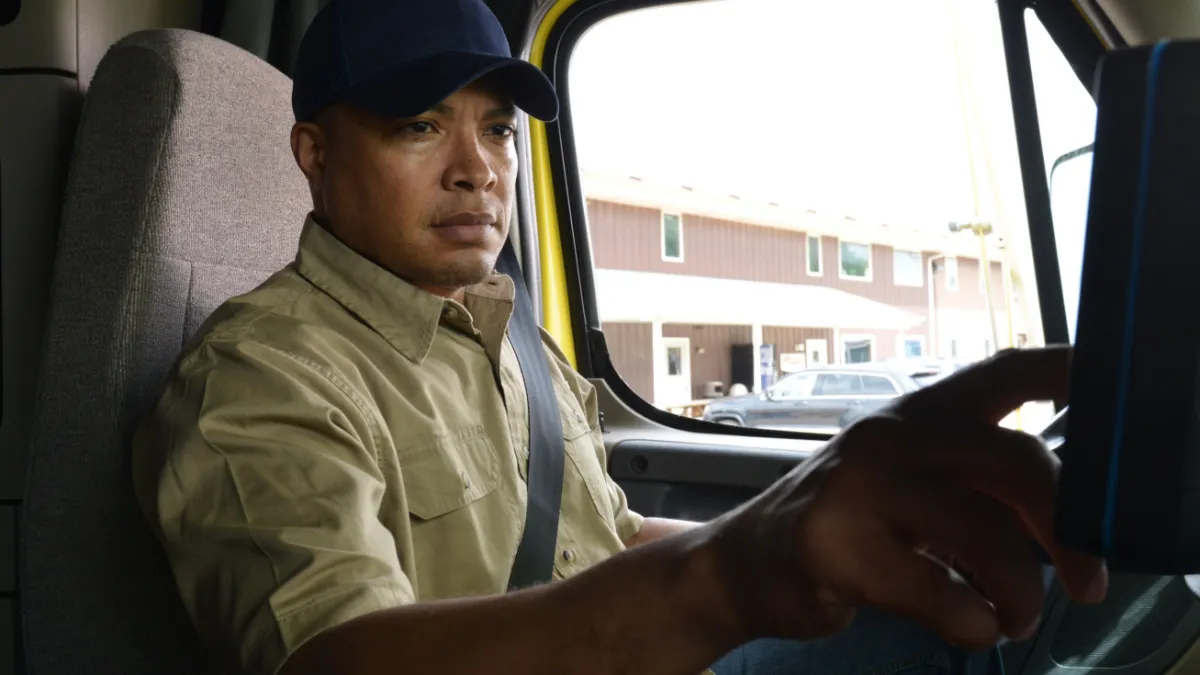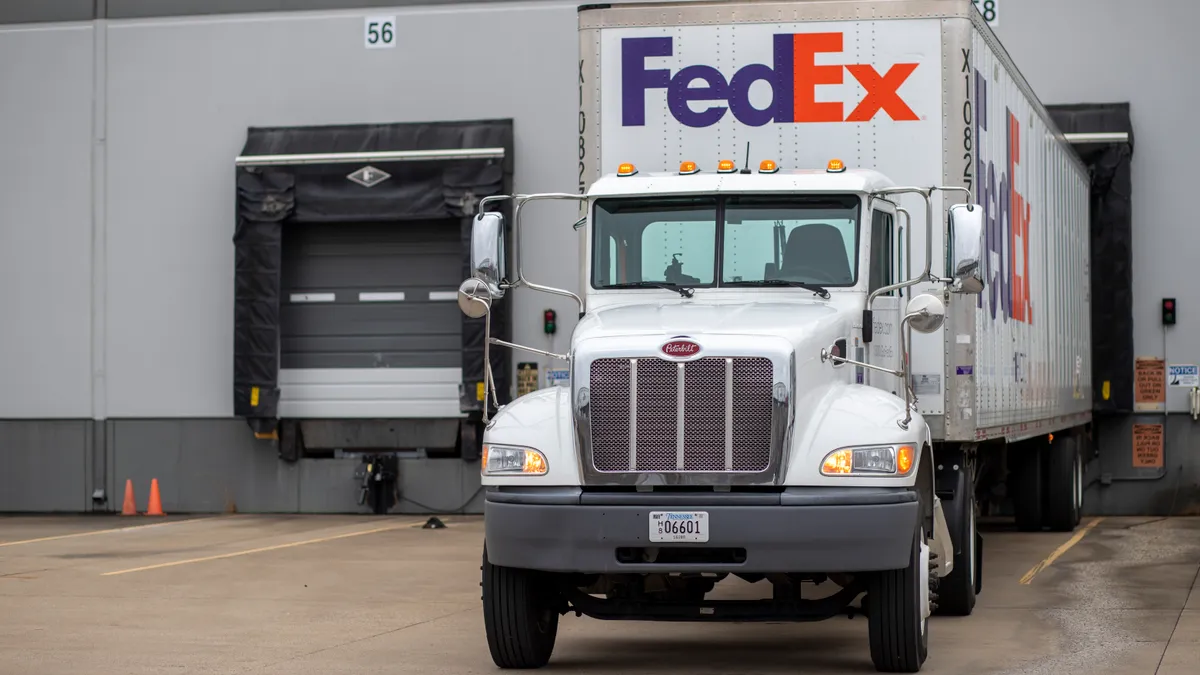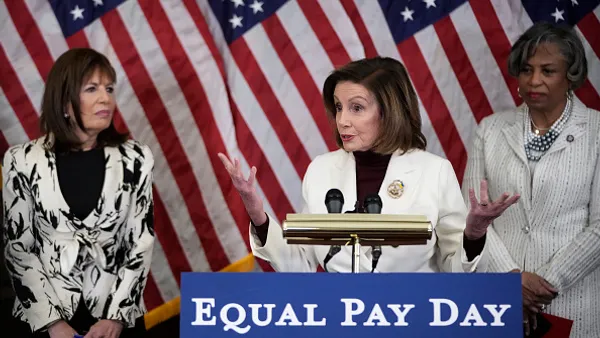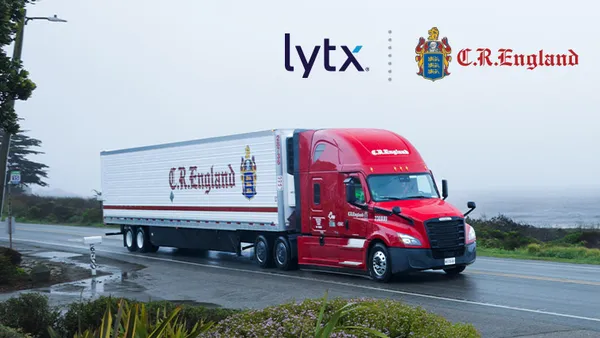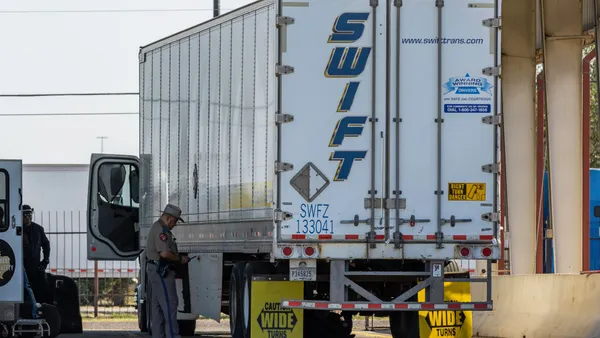NASHVILLE — Tina Peterson started driving when she was 21 years old. What helped her find her footing was driving for a month while a more experienced driver trained her and sat with her in the cab.
"It gave me more confidence," Peterson, a driver for Ravenwood Transport signed on to FedEx Ground, told attendees at the American Trucking Associations' Management Conference & Exhibition Monday. "It's kind of like he was a grandpa to me."
Investment in training is essential, as the trucking industry works to recruit younger workers into the pipeline and fill the void as older drivers retire.
ATA Chief Economist Bob Costello pegged the driver shortage at an all-time high of 80,000, although the Owner-Operator Independent Drivers Association disputes an industry shortage. Costello said fleets and CDL schools should focus on younger candidates, noting the average age at the CDL schools is 35.
"The time to do it is at 18, 19, 20, 21, 22," Costello said.
Training for young workers will also be critical, as legislators consider the DRIVE-Safe Act, a polarizing bill that would allow drivers ages 18 to 20 to haul freight across state lines. The infrastructure bill passed by the Senate in August contains language for a pilot program to test the concept.
Those opposed are concerned younger drivers don't have the mental capacity to operate a large vehicle safely.
"You have to have the right 18-year-old. Not just any 18-year-old," said Yellow driver Steve Fields, sharing the stage with Peterson.
The panel of drivers largely supported the recruitment of 18-year-old drivers into the industry — provided they receive the proper training.
"With the right coaching, with all the technology we have on the truck now, I think we're hitting the right path," said Jorge Chavez, a driver for Jetco Delivery, referring to the recruitment and training of 18-year-olds.
Technology is one area where younger drivers may have an advantage.
"They're technology centered," Peterson said. "With electronic logs, they don't know any different." The same goes for cameras in the trucks. "They're used to that level of technology being around them," she said.
And they may catch on quickly to technology-based training and safety programs, such as UPS' virtual reality simulations for safe driver training.
But the hurdle is persuading young workers to join the trucking industry in the first place. Peterson recalled the career fairs from her high school days. There were tables for plumbers, electricians and engineers, but nothing for transportation or trucking.
"I just think that's a big missing link," she said of being able to reach young potential drivers, she said.
The image of the profession could also use improvement, the panelists said.
"We could do a better job of highlighting the different types of careers you can have," Fields said, whether that's an OTR driver who gets to spend weeks traveling the nation, or a dedicated driver who can be home every night.
Fleet executives are sometimes hesitant to invest a significant amount in training and onboarding if they're not sure the driver will stay for the long haul. The panelists suggested observing the young employees in other roles related to the supply chain but not necessarily driving, such as working on the loading dock or at a distribution center. They also advised looking for important traits like punctuality.
"You can recognize potential and responsibility in an 18-year-old," Fields said.



